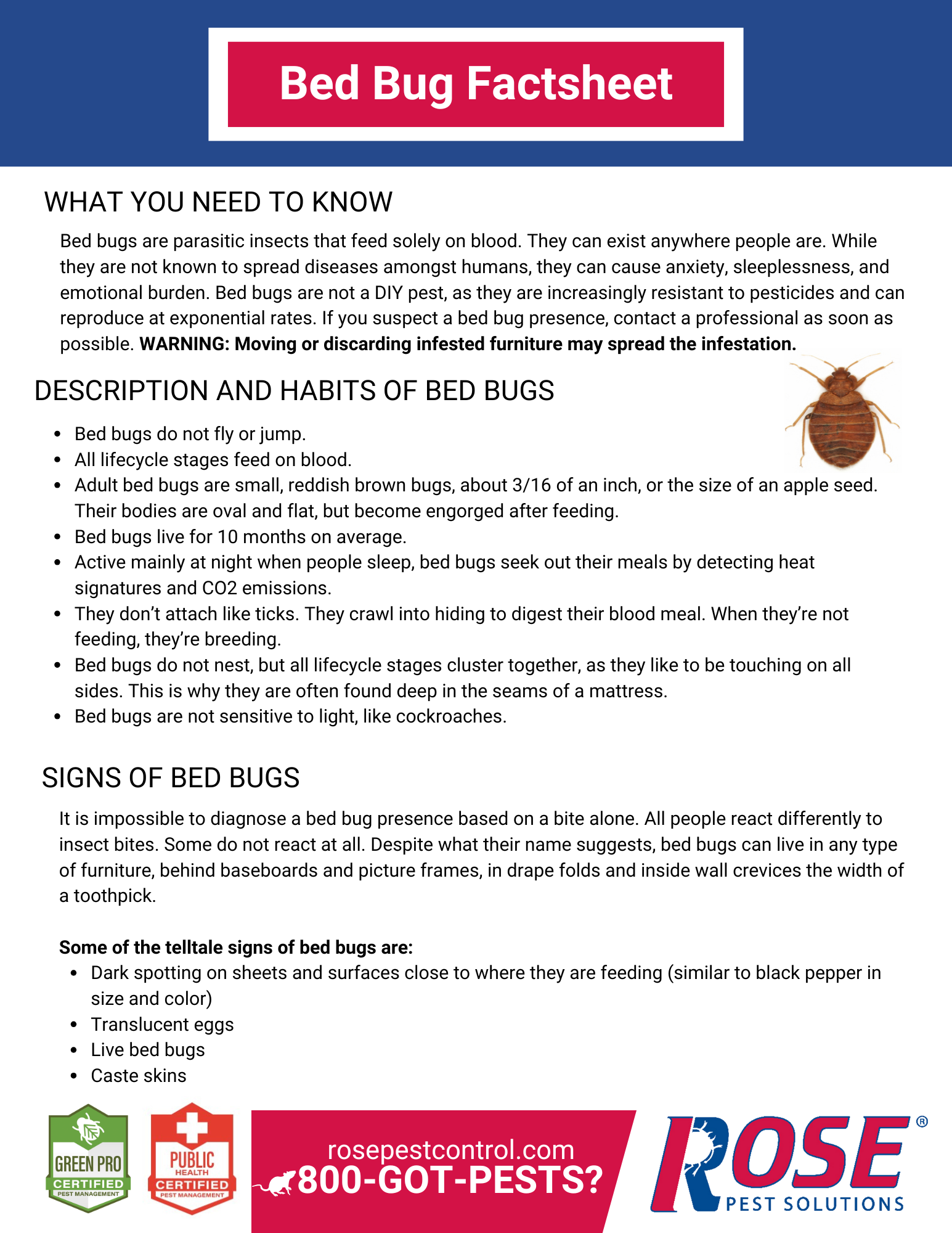An Unbiased View of Bed Bug Services
Table of ContentsBed Bug Services Things To Know Before You BuyThe Only Guide for Bed Bug ServicesNot known Incorrect Statements About Bed Bug Services
High-temperature treatment is a highly effective solutions for removing bed bugs from residences and businesses. Unlike insecticide treatments that often need multiple treatments, thermal methods affects every corner of an infested space, killing bugs at every stage in a single session. Understanding how this process works helps residents make confident choices.The mechanics of heat treatment is straightforward but effective. Bed bugs cannot survive when exposed to high temperatures. Studies show that temperatures around 122°F (50°C) are lethal to bed bugs. To guarantee all insects die, professionals usually heat the area to 135°F–145°F so that hidden spots reach lethal levels. Maintaining the required temperature for several hours ensures that every hiding place is affected.

The 7-Minute Rule for Bed Bug Services
When the heating process starts, they set up powerful heaters along with air movers to ensure even heat distribution. Rather than rushing the temperature increase, the heat is gradually increased, which prevents damage and reduces the chance of bed bugs escaping to cooler spots.

After the treatment, the space begins cooling and the area is brought back to normal temperatures slowly. Many link companies check the property for remaining bed bugs and provide documentation showing what temperatures were achieved and how long they lasted. This proof ensures confidence and demonstrates a thorough job.
Heat treatment has unique benefits. It is chemical-free, which is perfect for households avoiding chemicals. It is often a one-day solution, allowing businesses Read Full Report to reopen promptly - Bed Bug Services. Heat also reaches deep into furniture, walls, and other hidden areas. Unlike some methods, it kills all stages of bed bugs at once, saving time and money
The Greatest Guide To Bed Bug Services
While highly effective, heat treatment has some limitations. It can be more costly than chemical sprays, particularly in large spaces. Reinfestation is possible if new bugs enter, so vigilance is necessary. Certain items require removal or protection, and in multi-unit housing, additional methods may be needed to prevent spread.
Many professionals recommend combining heat treatment with post-treatment monitoring or residual applications to prevent reinfestation. Monitoring tools and targeted insecticides can confirm find the infestation is gone.
After treatment, proactive steps are important. Regular inspections of living spaces help catch early signs of activity. Mattress and box spring encasements make inspections easier, while limiting hiding spots can minimize future infestations. Being careful with incoming belongings is also important to prevent bed bugs from returning.
Heat treatment is widely considered the most reliable method for moderate to severe bed bug infestations. It provides a chemical-free, comprehensive approach that restores peace of mind. When performed by trained professionals, it kills all life stages without the lingering effects of chemicals, allowing families to live safely again.